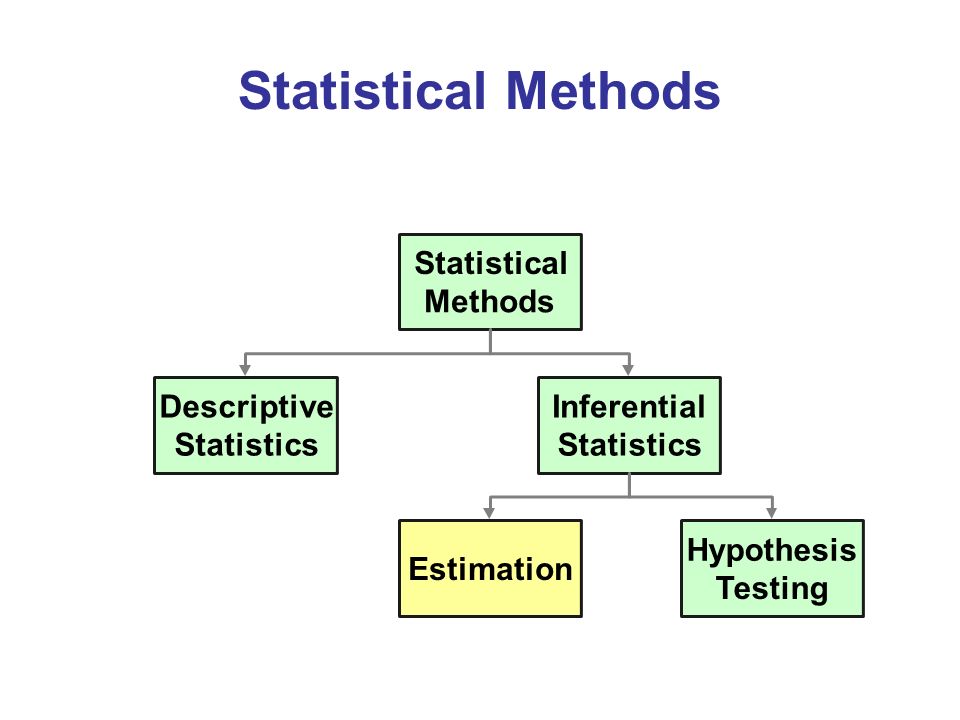Coronavirus disease 2019 (COVID-19) is associated with a very high number of casualties in the general population. Assessing the exact magnitude of this number is a non-trivial problem, as relying only on officially reported COVID-19 associated fatalities runs the risk of incurring in several kinds of biases. One of the ways to approach the issue is to compare overall mortality during the pandemic with expected mortality computed using the observed mortality figures of previous years. In this paper, we build on existing methodology and propose two ways to compute expected as well as excess mortality, namely at the weekly and at the yearly level. Particular focus is put on the role of age, which plays a central part in both COVID-19-associated and overall mortality. We illustrate our methods by making use of age-stratified mortality data from the years 2016 to 2020 in Germany to compute age group-specific excess mortality during the COVID-19 pandemic in 2020.
翻译:2019年科罗纳病毒疾病(COVID-19)与一般人口的伤亡人数非常多有关,评估这一数字的确切程度是一个非三重问题,因为仅仅依靠官方报告的COVID-19相关死亡就有可能引发几种偏差。解决问题的方法之一是将这一流行病期间的总死亡率与使用前几年观察到的死亡率数字计算的预期死亡率进行比较。在本文件中,我们利用现有的方法,提出两种方法来计算预期的死亡率和超额死亡率,即每周和每年的死亡率,特别侧重于年龄的作用,在COVID-19相关死亡率和总体死亡率中都起着核心作用。我们通过在德国使用2016年至2020年期间的经年龄批准的死亡率数据来计算2020年COVID-19大流行病期间特定年龄组的超死亡率,来说明我们的方法。



